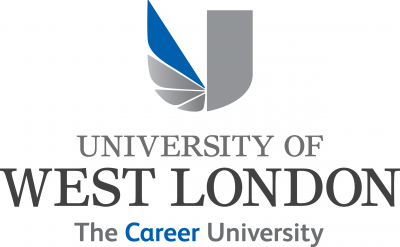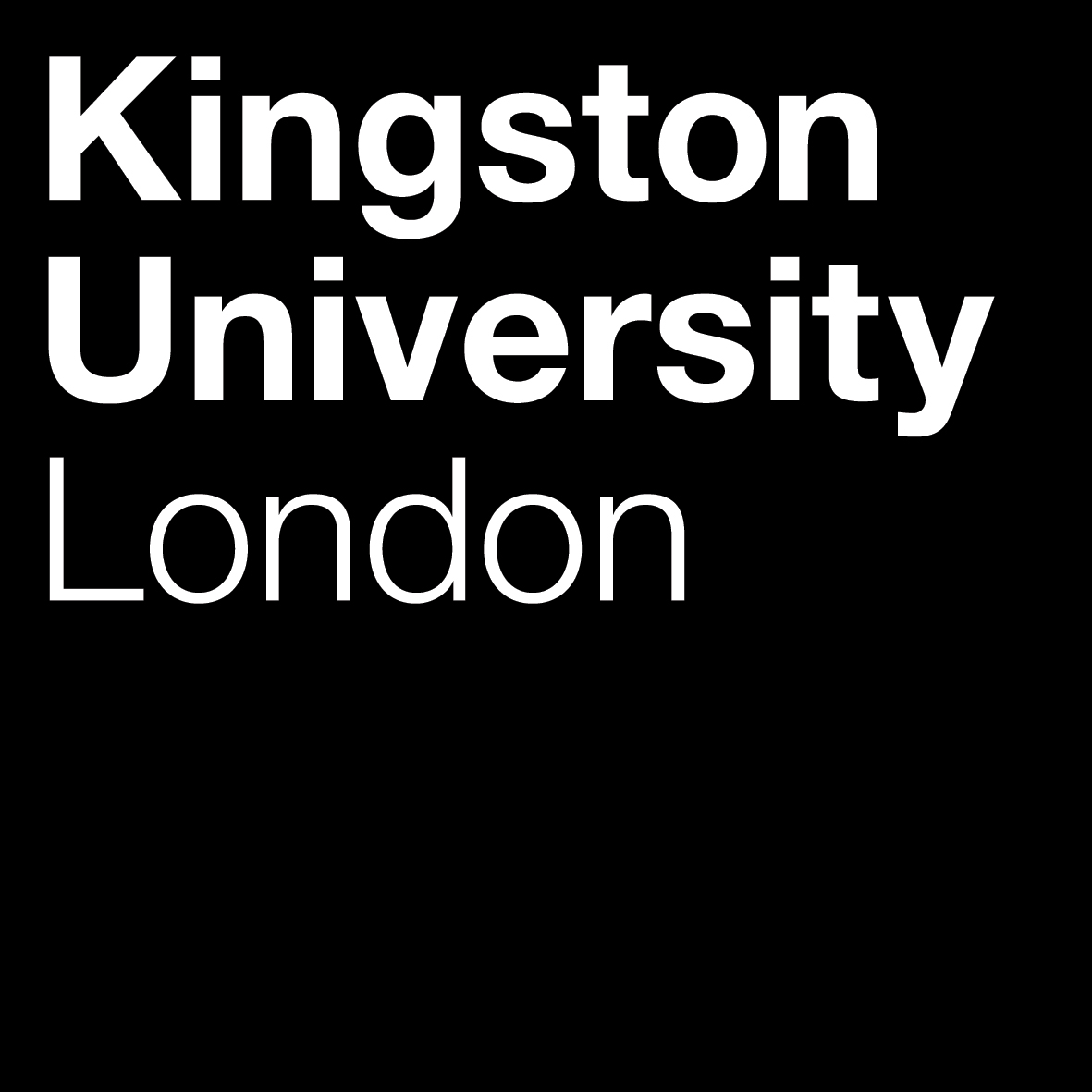1st February, 2023
Transitioning Beyond Academia
Dr Gemma Outen
30th May, 2016
Siobhan Davies, Artistic Director, Siobhan Davies Dance
The desire of most artists, and indeed most specialists of any field, is to be connected to everyday reality, and play a part in it.
All have differently honed perspectives and specialisms, but they share the same root – an investigation into our lives on this earth, and the good and harm that humans create. By creating a hierarchy between disciplines, are we eroding an equal and necessary relationship entwined into our human makeup? Contemporary definitions of disciplines are often used to corral them into the shapes prescribed to them by our contemporary society and economy. They appear to be different islands, with the sea between suggesting distance, separation, and the isolation of populations alien to each other. What we need is to be of the same ground.
I chose to be involved in the arts, and more specifically in dance and choreography. Initially I learnt through traditional means, but at some point I was drawn to consider the extent to which movement was part of my infant development. Every action – from the first reachings, stretchings of my spine, pressing up to all fours, stumbling up onto two legs – was part of the process by which I learned to be in the world. The everyday material of my life was a marvel. The everyday was a collection of failures and successes. The everyday allowed me to be a barbarian as well as to develop into a more social beast. I can’t quite remember those raw early learnings. In fact, I can’t remember the precise details of a lot of the library of experiences that’s archived in my body. The term I now use for this forgotten-but present material is my ‘compost’. All stuff that has given me direction and shape, but that I can no longer recall accurately, at least in words. Instead, these learnings and experiences have become nutrients for me to draw upon. Amongst other things, they provide me with intuition. I know that these nutrients came from many different sources, and when combined they give me some of the heft I need to make fresh decisions, to have the courage to enter into a dialogue with people whose practice I may not know. My learning supports me to think we can give some genuine creative attention, knowledge, fresh language, and provocation to each other across disciplines.
In my own practice, I recognise research within arts and sciences as having common ground.
Our species is made up from an assemblage of attributes that no other creature has. It seems a waste not to include what this complexity may offer us. Some of these attributes are unnamed and valuable for not being pinned down, but they also represent part of our human enquiry. These more fluid activities might be used as bridges between different disciplines. In my own practice, I recognise research within arts and sciences as having common ground.
I think often of those utterly incredible cave paintings made 30,000 or more years ago. These pioneer members of our human species made marks on rock faces with a great sensitivity of perception. Using their hands, tools and pigments, one can see how they invigorate the movement of the animals by incorporating the curvatures and cracks of the rock faces. I have to think that they brought the whole of themselves to these acts of making. It is a mystery to me how they decided to make such exquisite marks for the first time. What frame of mind or spirit made them make these images in the darkness of a cave? They will have valued these paintings enough to protect them and have them within their sight and touch. To make these extensions to themselves must have required a creative attentiveness and a courage that seem miraculous now.
These works have been approached variously by scientists, anthropologists, artists and art historians. Combined, their insights give us a glimpse of our origins. We need this combination of studies to help us to see the length and breadth of our human natures. We must celebrate the connection between these disciplines in our contemporary culture and maintain the vision of those groundbreaking individuals.
From those first works, the arts need no defence.
You've been waiting for it and our May newsletter is here! -> bit.ly/3M9ICG6 pic.twitter.com/Iug9eWimQQ





